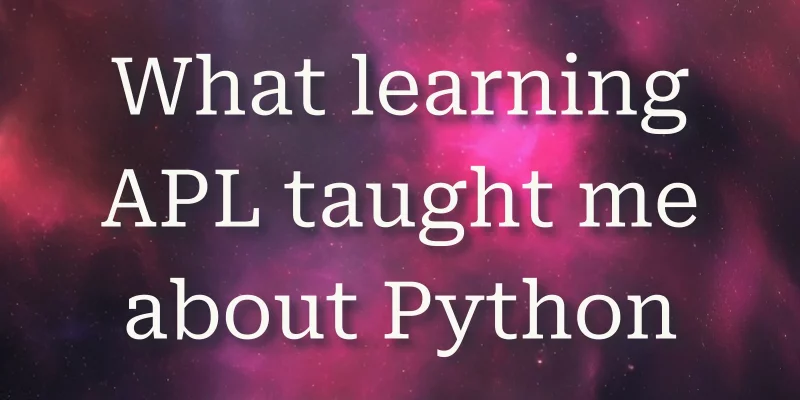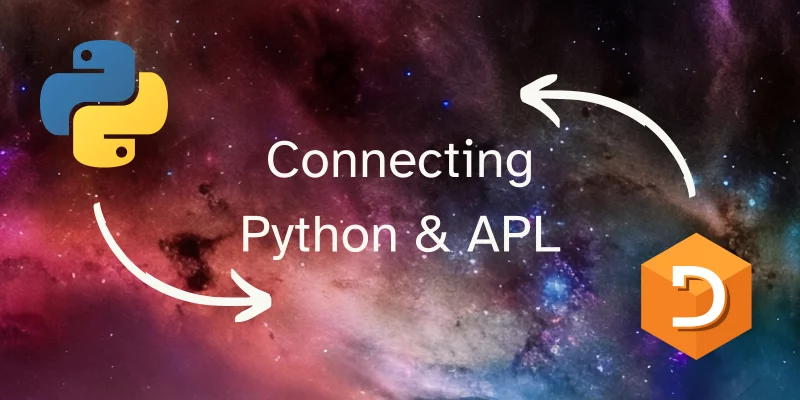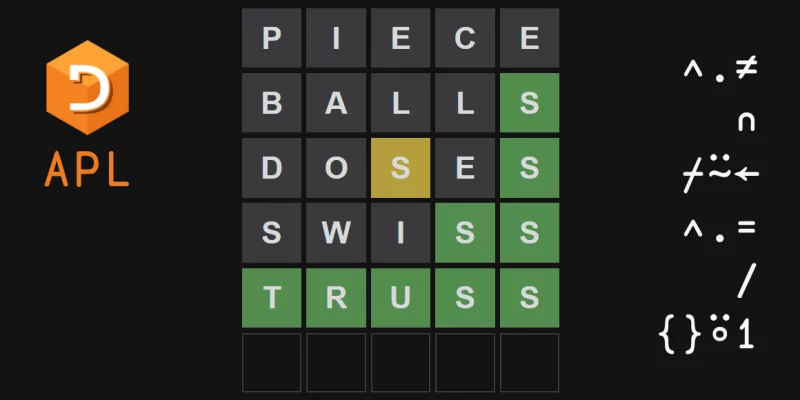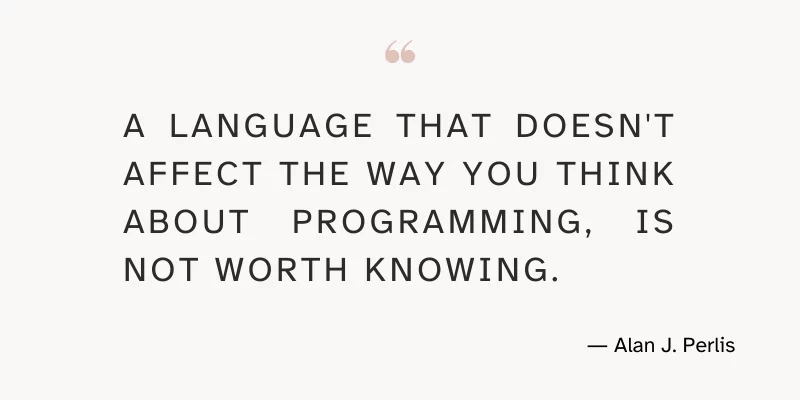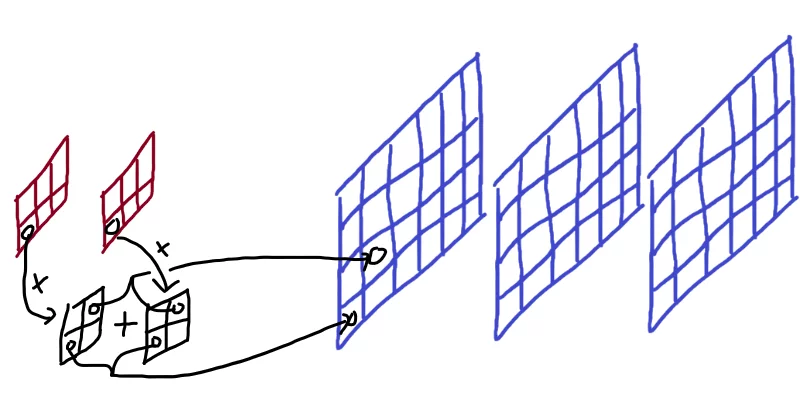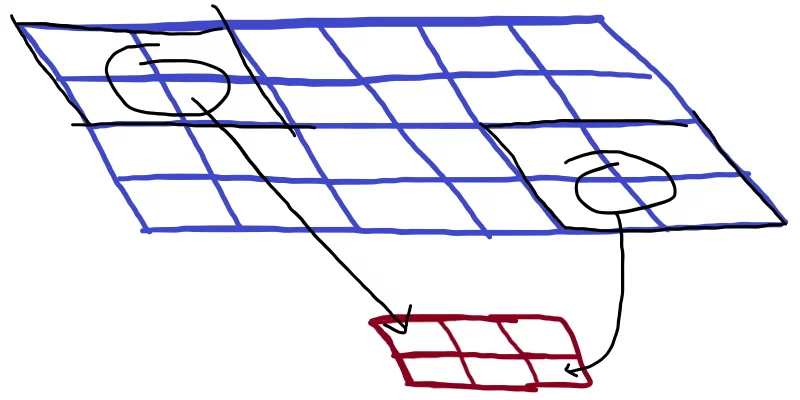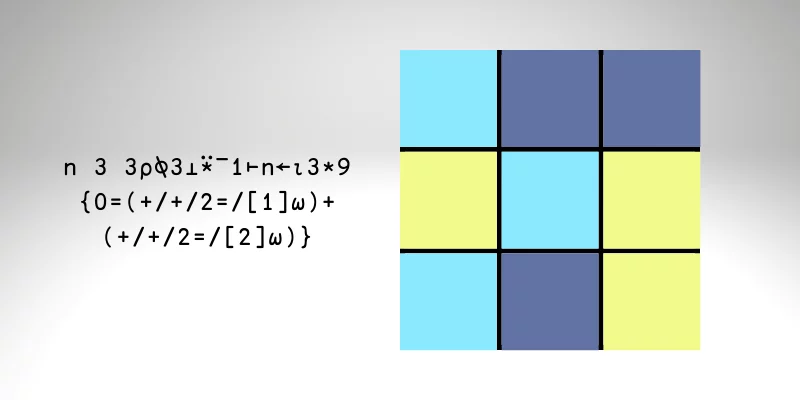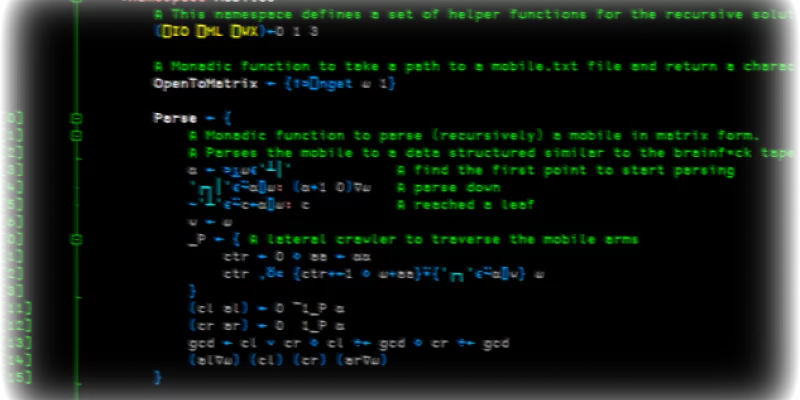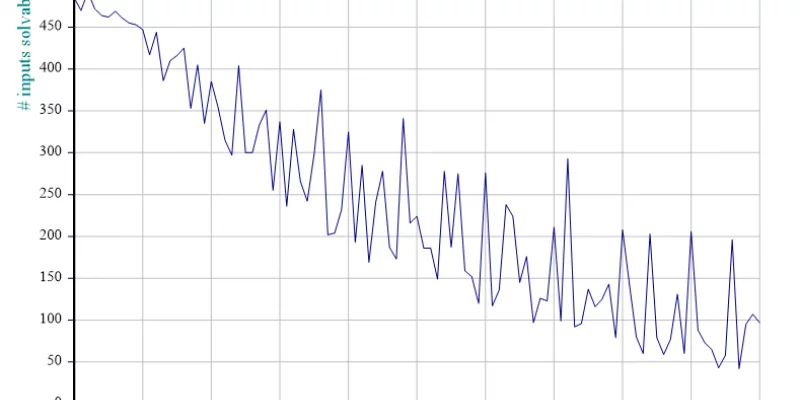Explore unusual Python features to solve the problem of determining whether an expression is properly parenthesised.
Learning programming in APL taught me many new things about Python and this article is an account of that.
This article shows how to communicate between Python and Dyalog APL through the use of sockets. We will use the module socket from Python and the Conga workspace from Dyalog.
Let me show you characteristics of APL that will influence your understanding of programming concepts and the way you use other languages.
Today I learned about multi-channel transposed convolutions.
Today I learned about the transposed convolution transformation in CNNs.
This is a short article on how I quickly used APL to verify my combinatorics calculations.
In part 4 of this series we add some unit testing,
improve our tokenizer and implement the primitives ⍴ and ⍤.
In this blog post we will go over some significant changes, from implementing APL's array model to introducing dyadic operators!
The 2020 APL programming competition was tough! In this post I share a couple of thoughts and my solutions.
The 24 Game is a well-known maths game that is played with kids in school to help them master the four basic arithmetic operations. In this blog post we will study the game in depth.
Today is the day! Today is the day we take our APL programs and interpret them, so that something like ÷ 1 2 3 -⍨ 1.1 2.2 3.3 can output 10 5 3.33333333.
\(n\) mathematicians with numbered party hats gather around in a circle... It is a matter of life or death!
Let's build a simple APL interpreter! APL is an array-oriented programming language I picked up recently. The ease with which I can write code related to mathematics, its strange built-ins (which look like ⍴, ⍨, ⍒ or ⍣) and the fact that it is executed from right to left make it a fresh learning experience!

